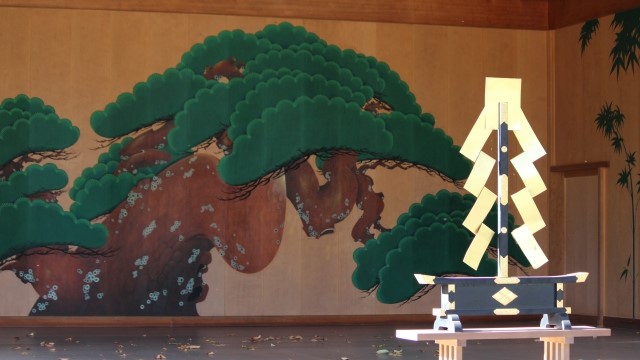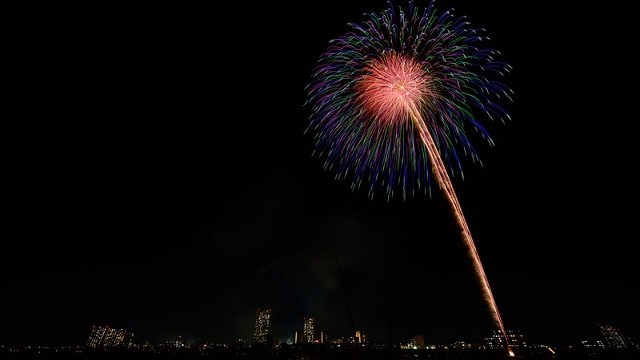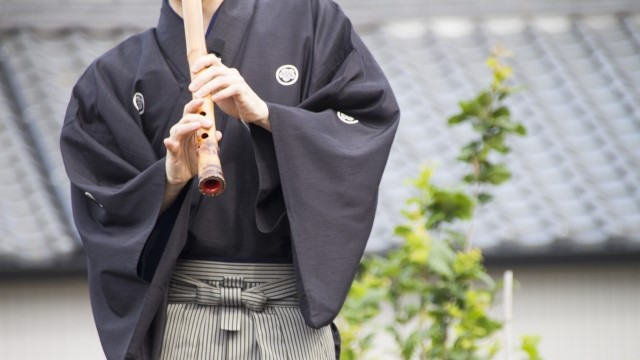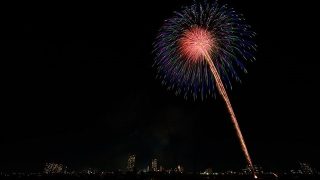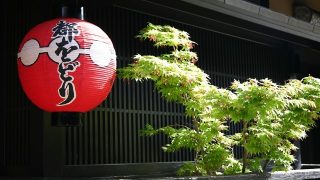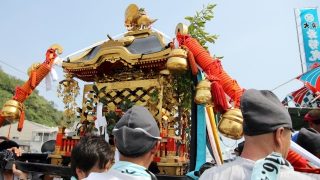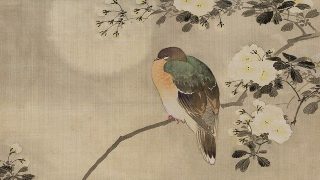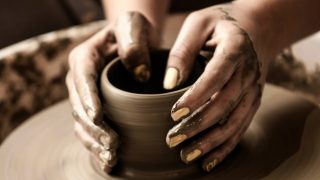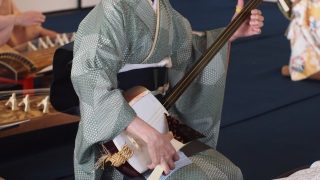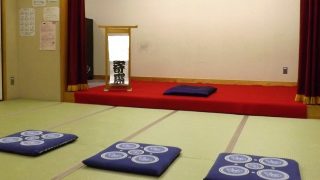About Kabuki (歌舞伎)
Kabuki is an entertainment that pursues the beauty of the Edo style in Japan. The best characteristic of Kabuki is that all the roles are played by men. In the Edo period, women were not allowed to go on stage because women’s Kabuki was banned by the shogunate.
Kabuki has survived the Edo Shogunate’s prohibition and has survived to the present day through a variety of ingenuity, such as changing the setting of the period and turning it into an old story when it was forbidden to stage incidents that took place in samurai society.
There are three types of Kabuki performances:
Jidaimono(時代物), Sewamono(世話物), and Shosagoto(所作事).
The performance of Jidaimono can be divided into those based on historical events before the Edo period and those adapted as stories from the past.
The Sewamono is a performance based on incidents of people in general that occurred during the same period. It’s about love and humanistic talk, the so-called “good story.”
The Shosagoto are songs and dances. Kabuki performances incorporate a dance called “Shosagoto.” It serves as a kind of “palate cleanser” to change the mood a bit during the performance.
Another feature of Kabuki is that you can tell the good guys from the bad guys just by looking at the makeup color on the actors’ faces.
The staging and production methods are also elaborately designed to entertain the audience. Kabuki has been a form of general entertainment since the Edo period, with many performances incorporating elements of Noh(能) and Bunraku(文楽).
Watching a Kabuki allows you to rediscover Japanese traditions and customs in the extraordinary space of a theater and to feel the Japanese mind and sense of beauty.
That’s the big attraction of Kabuki.
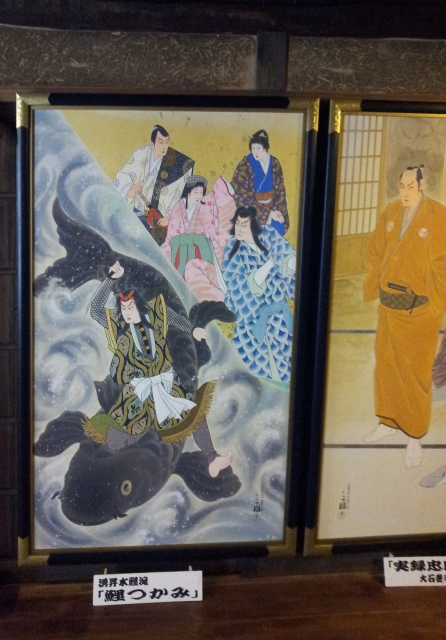
About Kabuki roles
Tachiyaku(立役)
A male role. It may also refer to an actor playing a male role. Initially, the term was used to refer to the entire group of actors who stand and perform, as opposed to the performers who sit on stage.
Onnagata(女形)
A woman’s role. It can also refer to actors who play female roles. Women’s Kabuki was banned by the shogunate, and men began to play the roles of women.
Acting performance of Kabuki
Mie(見得)
This stop motion is done at the height of the emotion. It’s called “cutting off a look(Mie wo Kiru),” and it stands still with an extreme expression and pauses.
Roppo(六方)
It is an act of walking with a big wave of the hand and a strong stamping of the foot. Do a pickup walk where you hold out your right hand and right foot at the same time.
How the Kabuki stage works
Kabuki has created many gimmicks to entertain the audience.
In particular, the revolving stage is a device that not only changes the scene but also makes it possible to show different places at the same time.
It was invented in Japan in the first half of the 18th century and is now being adopted in theaters around the world.
About Kabukiza

There are many theaters where you can see Kabuki, but we would like to introduce the Kabukiza theater in Tokyo, which can be said to be like the headquarters of modern Kabuki in Japan.
It’s been around for over 100 years. It was rebuilt in 2013 and became the talk of the town. Kabuki plays are performed almost all year round, making it easy for beginners and travelers to watch the play, as you can listen to an earphone guide and watch detailed commentary from your seat if you rent a monitor.
This is a recommended theater to see for the first time because it is easy to understand for first-timers and gives you the best experience of the Kabuki atmosphere.
Address: 4 Chome-12-15 Ginza, Chuo City, Tokyo 104-0061


